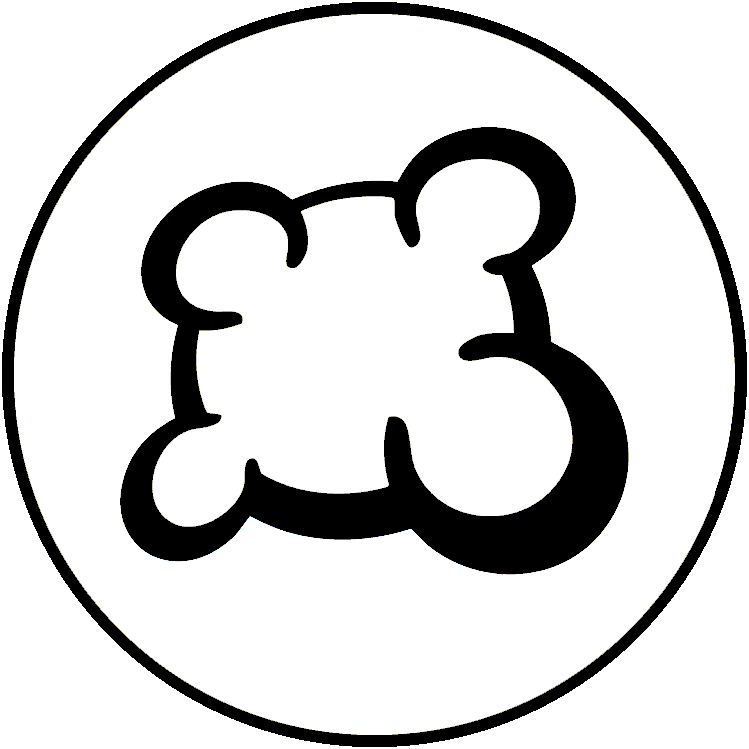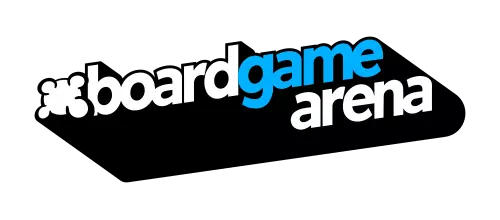Start the game by choosing the hexagon (hex) that has the least matching colors or symbols adjacent or nearby in order to have less of a chance of being blocked in. Preferably choose a corner tile when available (corner hexes are unavailable to the first player, instead first player can only choose from the edge spaces between corners) since corners have two colors (thus giving the 2nd player a slight advantage if they snag a corner hex). Taking corner hexagons early will deny them to your opponent and will give you more options for how to connect your hexagons.
Pay attention to the need or opportunities to block and disconnect your opponent hexagons.
Before selecting your hexagon, identify the color hexagons and symbol hexagons that will be available on their turn and choose the one least advantageous to your opponent, if possible check the hexagons that would be available to you on your second turn. If possible, check the subsequent moves available to you and your opponent. This is difficult to do at the beginning of the game when alternative choices are numerous, this gets easier later as fewer hexagons are left to choose from. Towards the end of the game it will be clear which choices help you, or hurt your opponent as the alternative choices are fewer. At some point the alternatives will narrow and the absence of colors or symbols available may force them to choose a hexagon that helps you because no other hexagon with the next color or symbol remain.

